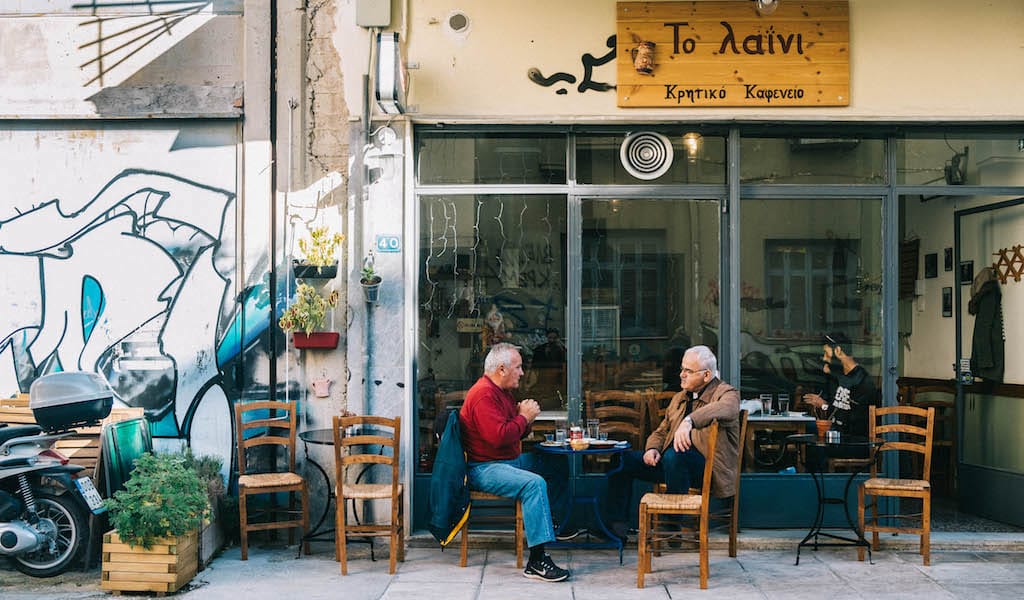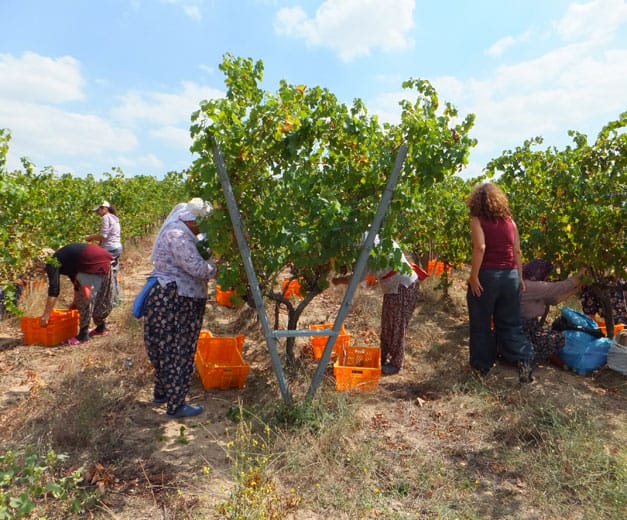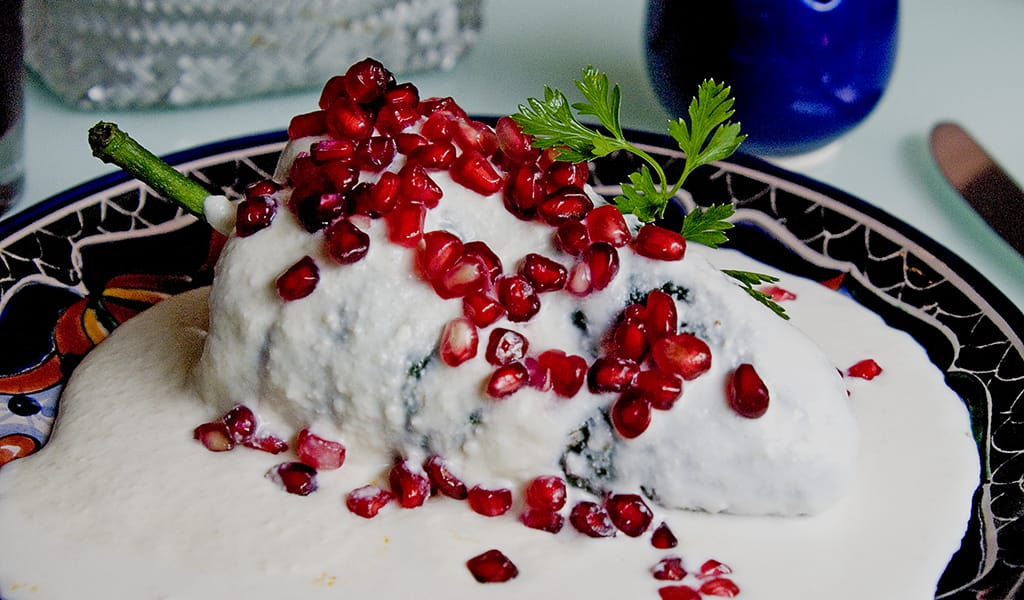When The Joint first opened on Ventura Boulevard in the summer of 2018, the concept of dry-aged fish was still very much unknown in Los Angeles, even though master sushi chefs typically age their tuna for a few days and have been doing so for some 400 years. At The Joint, though, owner and fishmonger Liwei Liao takes this a few steps further by dry-aging different types of fish and sometimes aging certain fish for up to three months. From salmon to mackerel to branzino, Liao has perfected the art of dry-aging fish over the years, and now he’s spreading the word.
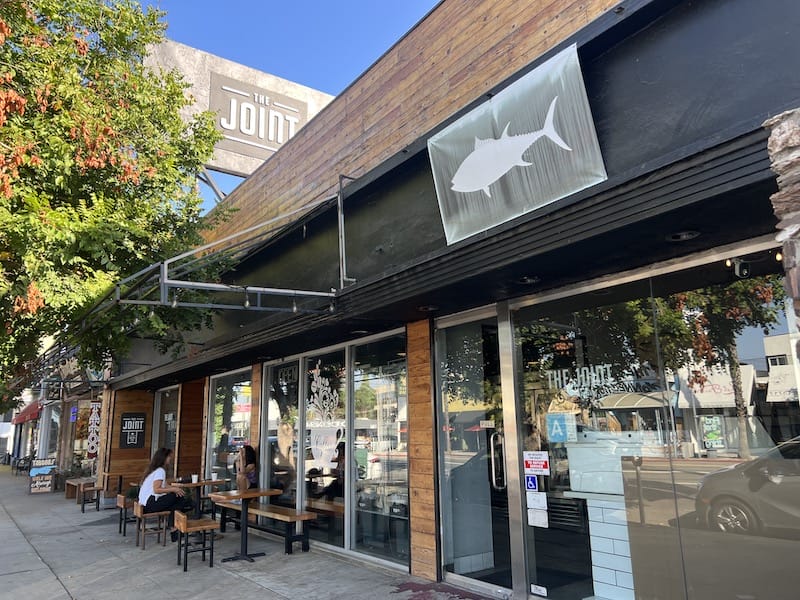
Dry-aging is a careful preservation process – perhaps best known, at least in the U.S., for pricey beef – in which meat is aged in a controlled environment that regulates the levels of moisture and bacteria. In the case of fish, Liao starts by cleaning the creatures, removing the blood and guts, which are the parts that contribute to the fishy odor associated with fish that’s no longer fresh. After all the excess moisture is removed, the fish is hung inside the special low-moisture dry-aging refrigerators, keeping it cool and dry. The exact conditions and length of aging time required is different for every fish, and it is something Liao has experimented with and perfected at The Joint, though generally larger fish are aged for longer than smaller ones. The dry-aging itself breaks down the connective tissues and makes the fish softer. In addition, the dry aging process also generates different amino acids, including glutamic acid, which gives the fish more umami flavor.
Most of the early customers who came to The Joint to buy fish without knowing that it was dry-aged would not be able to taste the difference as the texture and taste is much like fresh fish. Liao
believes there’s a misconception that fresh fish is best – dry-aged fish tastes just as good as fresh fish, if not better. In fact, only the freshest and highest quality fish can be dry-aged properly. Fish that has been improperly handled or cleaned or which is not at peak freshness is no longer suitable for dry-aging.
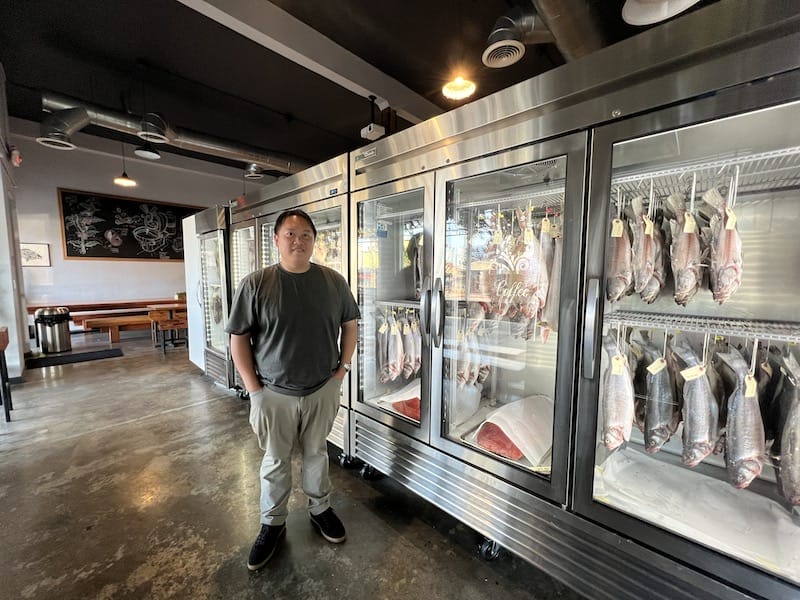
Liao grew up fishing with his family, and he learned early on how to clean fish. He originally opened The Joint as a combination of his two passions: seafood and coffee. On the righthand side is the fish market counter and on the left side of the building, Liao installed a café with coffee from local roasters. In the first couple of years, the cafe also sold fish plates sourced from his fish market, but after the pandemic they’re only doing coffee, pastries and simple sandwiches. For now, the main focus has been shifted to wholesale distribution. Distributing his dry-aged fish to restaurants had always been part of Liao’s vision, but it initially took a backseat – until the pandemic hit, fast-tracking Liao’s 5-year wholesale plan. “When the pandemic hit, all the restaurants shut down, including mine,” he recalled. “Everyone in L.A. stopped buying from their existing seafood vendors, meaning coming out of the pandemic, it’s a level playing field. The whole market was disrupted.”
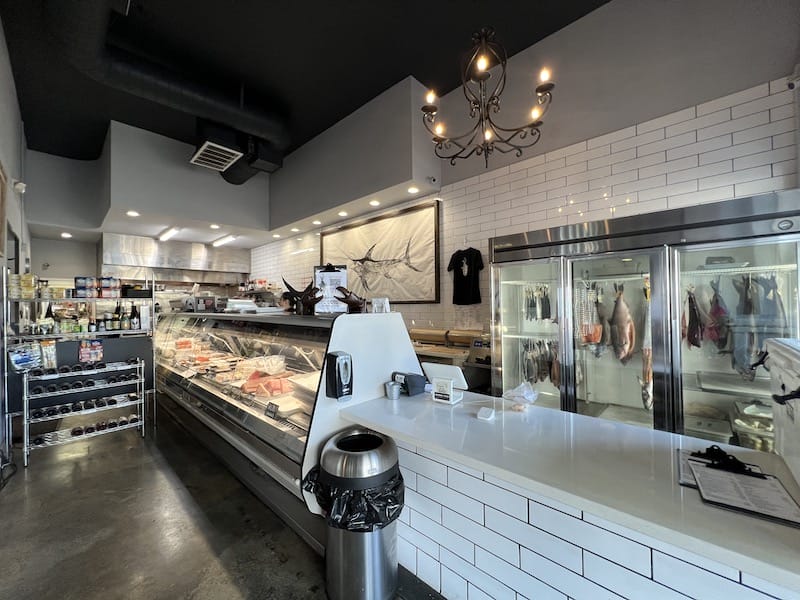
Chefs are certainly taking note of how good Liao’s dry-aged fish is, and these days, dry-aged fish is the latest trend at L.A. restaurants. From high-end Italian restaurants to taco joints, a variety of restaurants are now using dry-aged fish on their menu. Liao is also shipping dry-aged fish to other restaurants around the country, even as far as Tennessee. It’s not just chefs and restaurants, either; many individual customers come into The Joint looking specifically for dry-aged fish, and some already know how many days they prefer their fish dry-aged for. The question at this particular seafood market these days isn’t just what fish just came in fresh today, but the length of time for which it’s been aged.
For Liao, dry-aging fish isn’t just about improving the flavor or texture – although he fully believes it does. Dry-aging fish allows him to run a more sustainable fish market since his fish last much longer than fresh fish. In fact, The Joint is almost a zero-waste fish market, and he wants others to follow suit. Just buying sustainably sourced fish is not enough to address all the issues, according to Liao. “Nowadays, there’s so much waste at the final food preparation level,” he explained. “To be truly sustainable, you have to care about that point, too. No fish will ever go to waste here.”

“I actually want to educate chefs more and more, so that they’re able to do this in-house,” said Liao. Among others, Liao has taught chef Mark Okuda from L.A.’s The Brothers Sushi how to dry-age in-house. Brothers Sushi’s dry aging program utilizes Liao’s supply chain, but Okuda dry-ages the fish himself at his two sushi restaurants.
“This method is just so sustainable for any chef because that time of use [of the fish] is so much wider now. They don’t have to worry about things going bad, it just gets better and better,” said Liao, “We’re a fish market that’s been open for 4-5 years and I don’t think we’ve ever had to throw out any fish for going bad. That’s what we should strive for.”
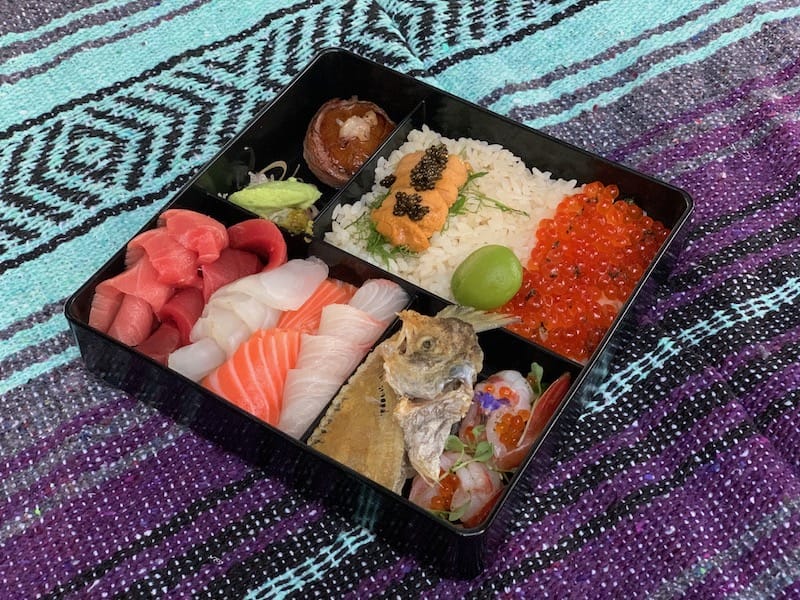
Liao has every intention to bring back the restaurant portion of The Joint, but right now he doesn’t have the room. The demand for fish has increased so much that the café is full of dry-aging refrigerators. In the meantime, though, he’s still keeping his connection to the restaurant industry. During the Covid-19 shutdown, Liao offered beautiful chirashi boxes with dry-aged sashimi, and even now he is working with acclaimed chefs from L.A. and beyond to hold intimate chef’s table dinners showcasing his seafood. Liao is working on building a much larger dry-aging facility in Vernon which will support 85 percent of their production volume, and once he moves some of the dry aging production there, he’ll have the space back to be able to open the restaurant. His larger vision doesn’t stop at the one retail store and restaurant, though. “My grand plan is to have [the seafood market] scaled down to 1000 square feet [with new locations] everywhere,” said Liao, “like Santa Monica, Downtown L.A., Beverly Hills, and Culver City.”
 December 29, 2017 To Laini
December 29, 2017 To Laini
The name of To Laini, a traditional-style kafeneio (a café that also serves food) […] Posted in Athens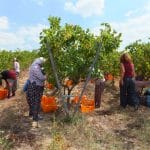 November 25, 2014 CB on the Road
November 25, 2014 CB on the Road
Zeynep Arca Şallıel had a successful career in advertising in Istanbul, but in 1995 she […] Posted in Istanbul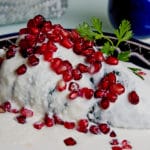 September 12, 2017 Chiles en Nogada
September 12, 2017 Chiles en Nogada
Update: This spot is sadly no longer open.
Mexicans can mark their calendars by what […] Posted in Mexico City
Published on October 19, 2022
Related stories
December 29, 2017
AthensThe name of To Laini, a traditional-style kafeneio (a café that also serves food) specializing in Cretan cuisine, hints at what type of night one will have at this cozy spot. The word “laini” derives from ancient Greek and is widely used on Crete and the Cycladic islands to describe the small ceramic pitcher used…
November 25, 2014
IstanbulZeynep Arca Şallıel had a successful career in advertising in Istanbul, but in 1995 she decided to take on a daunting new challenge: taking part in the revival of small-scale viniculture in the ancient winemaking region of Thrace. “I wanted to do something with soil, something that mattered a little bit more,” she says. Her…
September 12, 2017
Mexico CityUpdate: This spot is sadly no longer open. Mexicans can mark their calendars by what they’re eating: moles for weddings, pan de muerto for Day of the Dead, lomo and codfish for Christmas and chiles en nogada for Independence Day. Every September 15 and 16 Mexicans gather together to celebrate their independence from Spanish rule.…
















































